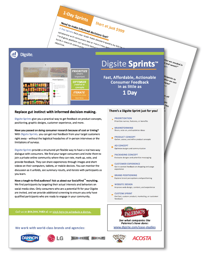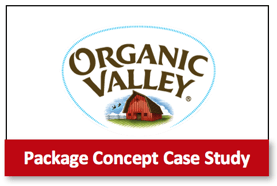Today’s high-performing marketing teams quickly and affordably respond to changing marketplace conditions. They also test early and often, and they're rewarded with accurate, actionable, and affordable insights – the holy grail of research. Here's how they do it without breaking the bank.
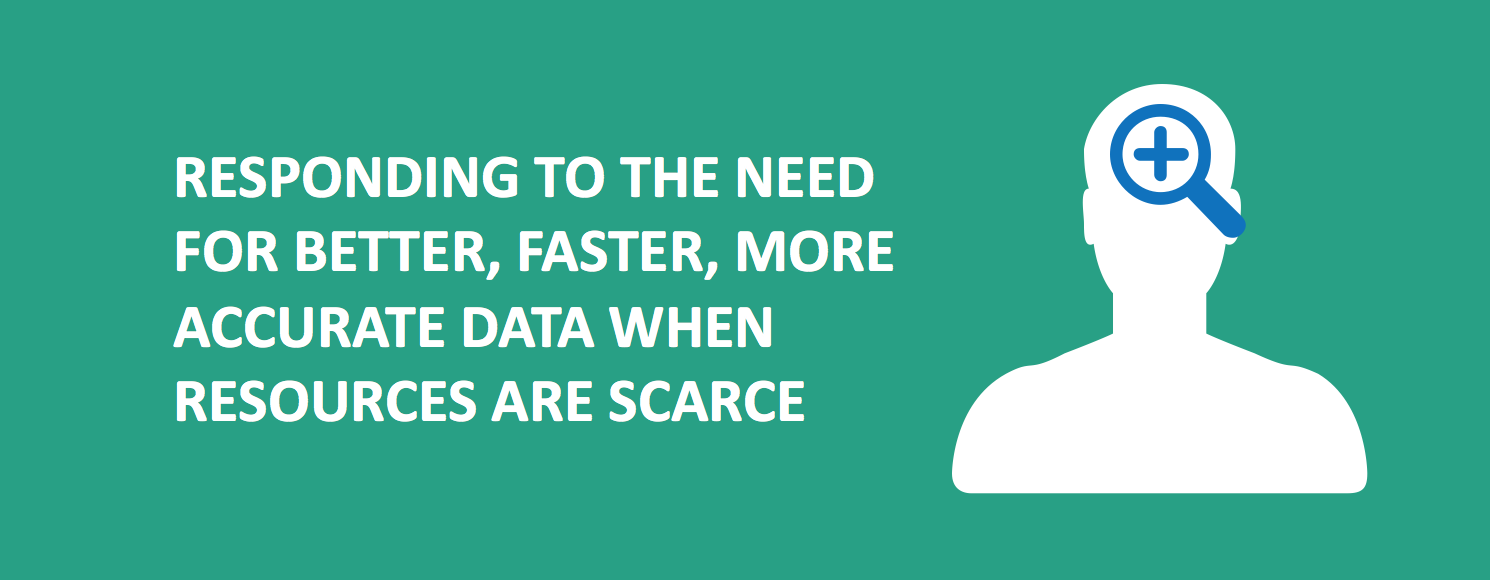
Top-performing organizations generate highly targeted consumer insights, and they use this research to stay well ahead of the competition. At the same time, these organizations are becoming more agile and insight-oriented, all while freezing or scaling back their personnel and their budgets. It feels like something has to give.
In our previous blog posts, we discussed how "actionable" and "accurate" are two of the most desired areas of market research. In this final post of our 3-part blog series, we're turning our attention to affordability. I'll explain how – and why – using smaller-scale research cycles is more efficient and actually costs less than traditional methods. If you look at product and company performance post-launch, the impact is even greater. I'll also show you how both the integrity and actionability of that research is actually increased, further impacting the bottom line. Let's start by looking at how actionable research and insight development operates at scale today.
A Better Way
Informed decision making is both art and science. It is fluid and continuous – alive, really. We have replaced the green light/red light, do-or-die decisions of the past with a continuous stream of low-risk decisions that are informed by constant consumer engagement. This approach has enabled companies and their teams to quickly create, develop and refine their concepts and designs while reducing their time spent, without compromising on integrity and product quality.
The affordability of research – particularly research that enables your organization to be nimble – is now a main driver of organizational performance.
Traditionally, insights gleaned from large-scale marketing research initiatives yield responses that are broadly representative, but not tailored to a pinpointed audience. In addition, these efforts carry significant costs, so “more is truly more” becomes the approach when spending on collecting or purchasing this type of research data.
Today, high-growth companies are doing it differently. They are focused on testing early and often to avoid more costly exercises later on, lowering their overall research spend.
Looking at an example from a Google product development process, we can see how a typical research cycle is often flawed, and what a more iterative approach would look like. While this example focuses on product, it is just as applicable to consumer research and testing.
Realistic Sprint
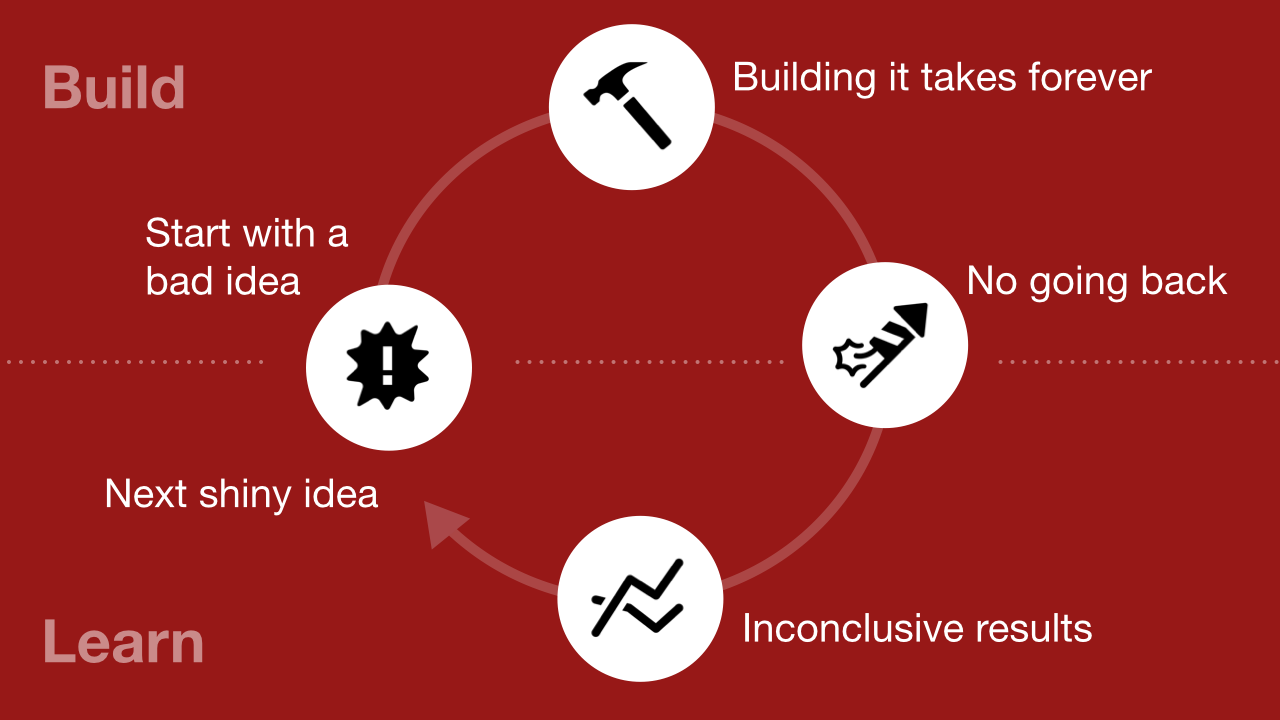
Accelerated Research Sprint
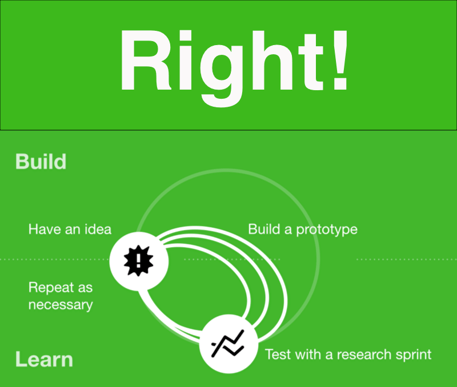
Source: Michael Margolis via Medium.com
In a recent strategy outline, Michael Margolis, UX Research Partner at Google Venture, explained how actionable insights are both critical to a company’s success and eminently feasible with the tools and services now available:
“In the time it takes to build and launch a new product or feature, you can run several research sprints and improve your prototype after each one. Instead of launching something that might not work, you’ll have confidence in the solution you’ve refined through research.”
Source: The GV research sprint: a 4-day process for answering important startup questions
Michael's statement highlights how responsiveness and agility in the research process has moved from convenience to requirement. The traditional process of lengthy validation and huge data collection exercises is losing relevance when...
Things Change So Fast
Regulations change. Competitors enter the marketplace. Consumer sentiment shifts. Change happens every day, everywhere.
Smaller scale research sprints empowers us to respond to marketplace changes, innovations, competitor activities, and everything else that happens in the real world, in real time. Marketers often find themselves in that “oh $#*%” moment when they realize they need to make a directional change, but aren't sure of the best solution.
In many cases, decisions must be made in days or weeks, and due to familiarity, a common default is to conduct a focus group for a quick reality check.
However, difficulties arise because marketers aren’t always researchers. And conducting focus groups can be a non-starter with the timeline this time-sensitive research. There are newer online methodologies available. However, even in these instances when a rapid response is needed, there can be no compromise on accuracy and integrity in the research.
Essentially, it is now necessary to plan for the unplanned, to have a process in place to respond. We must look at not only the fastest, most nimble solutions, but also at ones that give us context and enable rapid decisions. We must use methods that help us quickly find the story and answer questions that arise organically out of consumer engagement.
Looking at where research companies, teams and agencies are spending on building for the future, we can clearly see the quantum shift that is underway. A focus on context and actionability shines in the 2 top spots for Most Important Training Needs in GRIT's 2016 Q3-Q4 Report. It's also quite amazing that we see "Aligning Business Needs to Research Methods" and "Introduction to Emerging Technologies and Methods" as numbers 3 and 4 respectively.
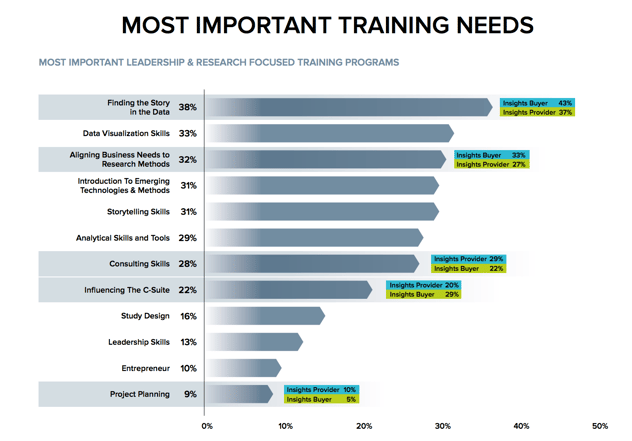
Source: 2016 Q3-Q4 GRIT Report
Even with a clear trend developing, it still comes down to dollars and cents. So let's further examine where exactly iterative research touches the top and bottom lines.
Big Idea, Big Impact
In the early 2000s, the advent of big data made rich, real-time insights the new standard for business decision making. Since that time, the volume and availability of data has continued to grow.
But the ability to quickly produce contextual insights and weave those into a more fluid pre-launch decisions is something new. In the last few years, technology has "caught up," and advances in social media and automation have made it all possible.
Let's again recall Google's accelerated testing cycle. Imagine being able to quickly and easily create a private online community comprised of your specific audience. Then imagine leveraging that targeted group to optimize your new concepts, ideas and mockups. And what if you could maintain engagement to go through numerous cycles? The technology is here. And companies are now able to deliver these product cycles at an incredible pace.
To learn how Organic Valley uses Iterative Insights to quickly optimize packaging concepts you can get our case study here.
Iterative Insights was developed by Digsite to solidify a set of best practices that help teams get from idea to market faster. It is an evolution of time consuming and expensive approaches like in-person interviews and online communities. Iterative Insights can be achieved in ways not imagined by these methods, finally breaking through the barrier of faster, better and more affordable research. What used to take weeks (if not months) and cost many thousands of dollars per cycle, can now happen in a matter of days, and at a sliver of the cost.
We've found that new iterative processes and platforms save time, money, and resources in 7 distinct areas:
- Drives more lower-risk decisions. An iterative research process enables teams to quickly find out what works – and more importantly, what does not. This allows teams to improve their concepts in every cycle.
- Prevents the need for "consensus research." In my opinion, this type of scenario should be dreaded by every team. It is the worst-case scenario when you run out of time or money, or both. The team is forced to choose a winner based on little to no direct consumer feedback.
- Provides a truly consumer-based process. By engaging your target consumer or user throughout the process, you eliminate potential biases that stem from previously held opinions. This enables you to quickly eliminate ideas that were good last year, while discovering opinions that are completely new.
- Enables you to pivot early – before you've gone too far to turn back. Let's think back to the Google example one last time. When you live in a world of iterative research, you substantially decrease the need to "cut scene and go to production." Instead, you can quickly evolve your product or idea to a level where confirmatory research can do its job, rather than derailing your project or timeline.
- Prevents solving a known problem with an unproven solution. In your current state, you may be left to craft a story out of your results. This can lead to "filling in the blanks" incorrectly on why or how to solve identified problems. In an iterative research environment, you build as you learn.
- Identifies where to invest, and where to divest. The cyclical nature of the iterative methodology allows you to make informed, strategic decisions in short order. It lets you "kill" bad ideas early and invest your energy and resources in areas with more potential.
- You can test it at a small scale and start tomorrow. Many innovations promise huge returns or destruction of the status quo. But oftentimes implementing and using these "groundbreaking" methods or platforms can cost 6 or even 7 figures. The inherent bite-sized approach to iterative insights is quite different. It means you can do a proof of concept now, and benefit right away.
The company performance impact and cost savings of using research and data to get on-brand, on-message and on-target faster is well documented. But perhaps the best way to illustrate the costs of not iterating to these results fast enough is to examine companies that do it well consistently. These companies have placed great importance on overall consumer experience, based on all channels and touchpoints, from website experience to packaging.
The fact is, brands that rate highest in overall consumer experience outperform the S&P by +50%. Source: Group XP Experience Index 2016
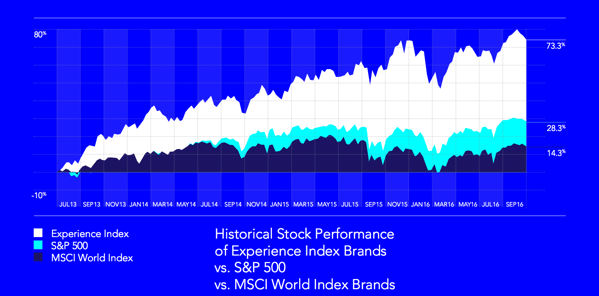
Source: Group XP Experience Index 2016
Regarding the affordability of iterative vs. traditional research, we can see that cycle time is shrinking, risks are reduced, insights come faster, and research quality is as good or better than existing solutions. We've also seen how moving to an iterative process can be easy, as you can implement it one product or campaign at a time.
With all of these findings out there, the question is no longer "is this affordable," or even "is this doable?" Instead, it's "how can we afford not to?"
To learn more about how your company can benefit from affordable insights, check out our Digsite Sprints Fact Sheet!
